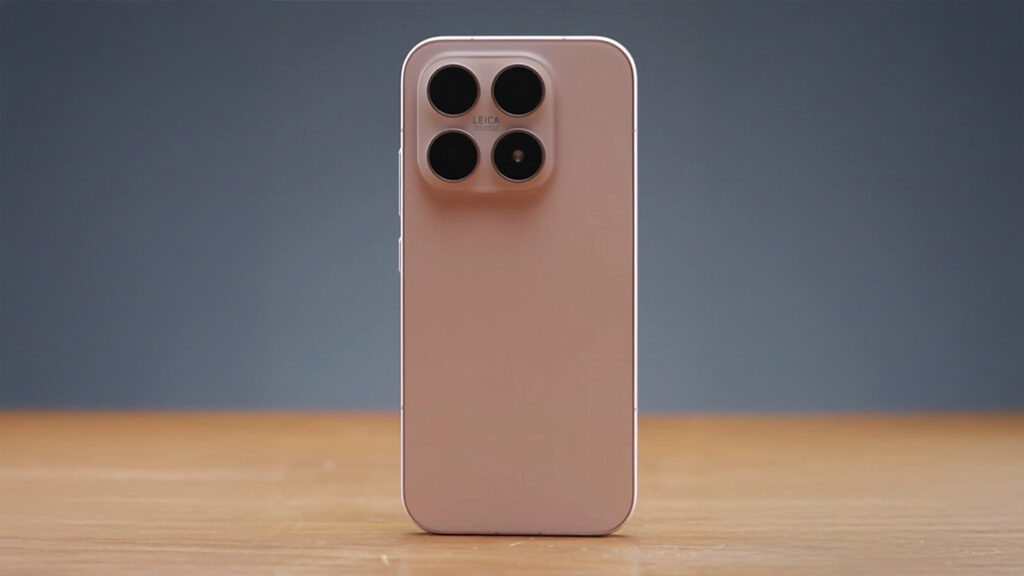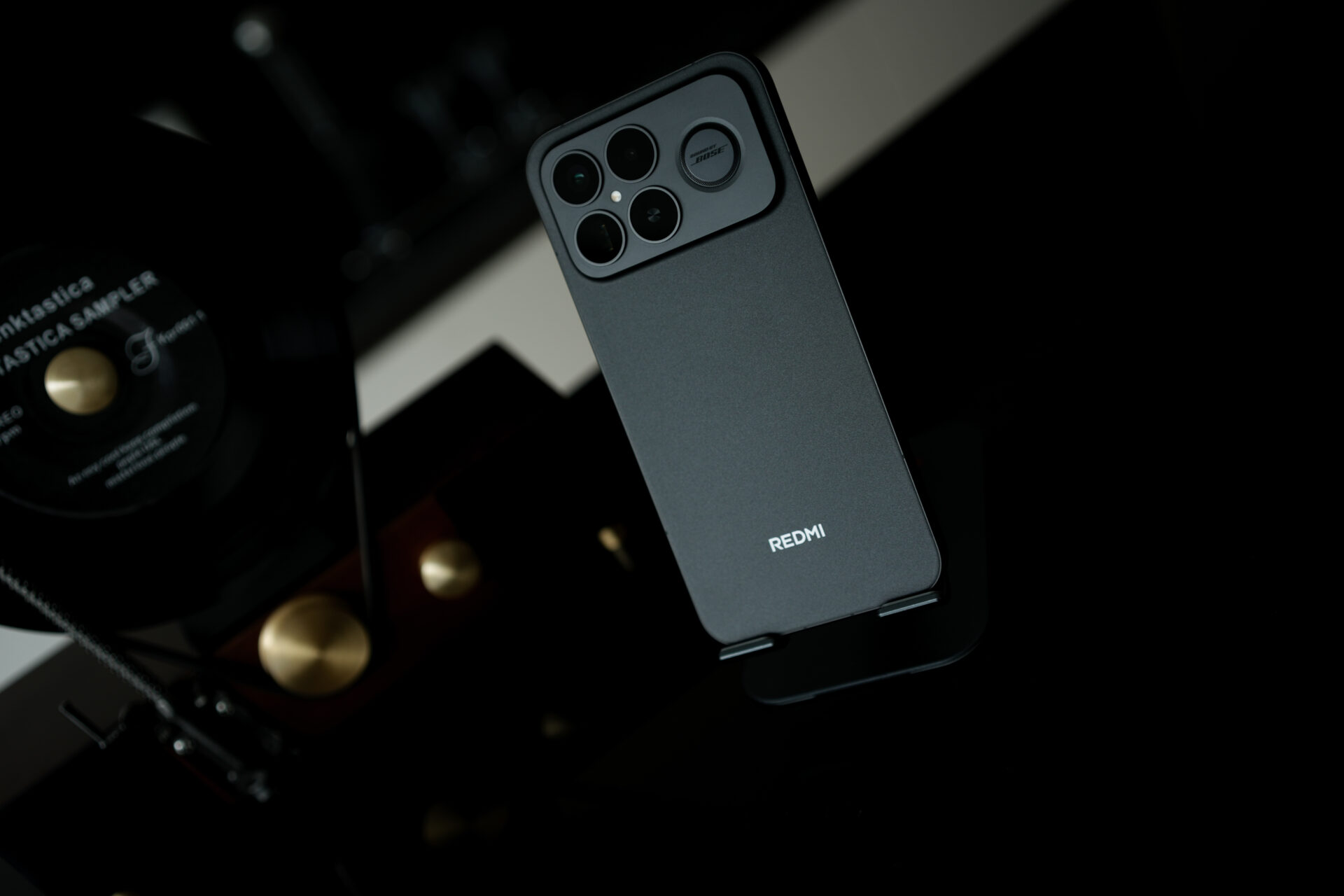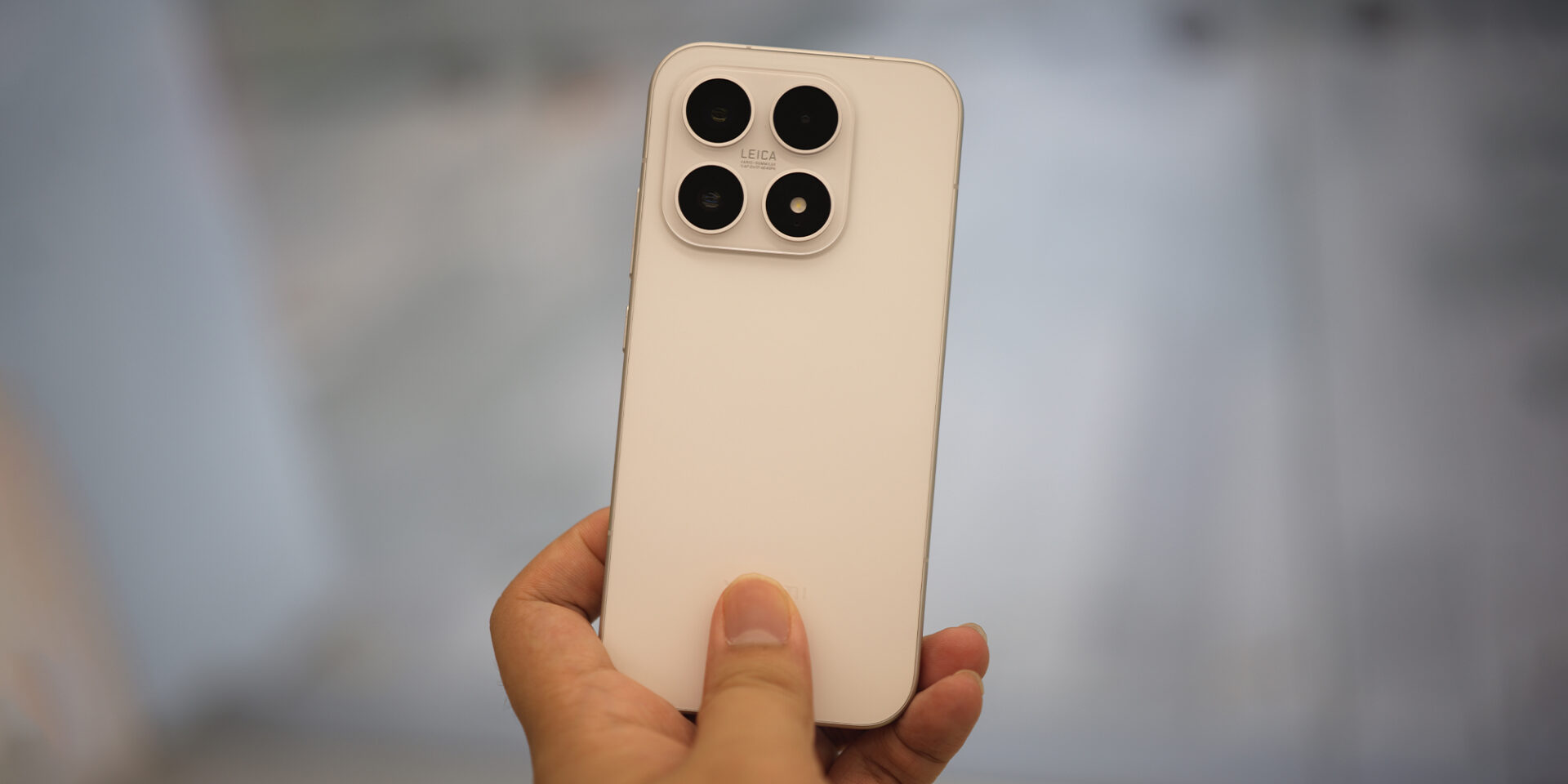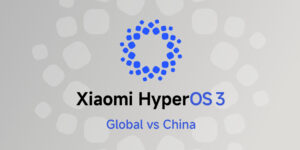Xiaomi’s strategy of keeping certain smartphones exclusive to the Chinese market has intrigued many global fans. This approach isn’t random — it’s a deliberate balance of innovation, regulation, and cost efficiency. The company uses its home market as a testing ground before rolling out refined global models. Devices like the REDMI K90 Pro or Xiaomi 17 often debut in China first, serving as early platforms for new technologies and design directions.
China: Xiaomi’s Innovation Lab
China is Xiaomi’s birthplace and remains its strongest market. The company often experiments there first because it has a vast and loyal user base, allowing for rapid feedback and software iteration. Early HyperOS builds, new Leica camera technologies, and advanced AI features are all typically launched in China before being fine-tuned for the global audience.
This arrangement gives Xiaomi a unique advantage — it can try out new ideas on millions of users before releasing stable versions worldwide.
Differences in Regulation and Networks
Releasing a smartphone worldwide is more than translation. Products must pass certifications such as CE, FCC, BIS, and be supplied with Google Mobile Services (GMS). In addition to this, local 4G/5G frequency bands vary, which requires hardware changes.
These adaptation and certification procedures incur cost and time-to-market. As such, some Xiaomi phones made primarily for Chinese networks — e.g., the REDMI K Ultra series — are kept local, where they can perform at their best without modification.
Pricing and Market Strategy
Xiaomi has very aggressive pricing in China, particularly in its Redmi and POCO ranges. Mirroring such prices internationally is usually not feasible because of import duties, local distribution expenses, and exchange rates.
If Xiaomi would sell these China-specific models worldwide, they would be costly by necessity, rendering them less competitive against regional brands. That is why Xiaomi sometimes limits release to China, instead focusing on localized versions such as the POCO F or Xiaomi T series.
Brand Positioning and Market Segmentation
Xiaomi’s multi-brand strategy helps it serve different consumer segments. In China, tech enthusiasts favor the REDMI K lineup, while globally, equivalent hardware appears under the POCO brand. For example:
- REDMI K90 Pro → POCO F8 Ultra (Global)
- REDMI Turbo 5 → POCO X8 Pro (Global)
This differentiation allows Xiaomi to adapt marketing and design strategies for various regions while reusing proven components and technologies.
Software and HyperOS Variations
Chinese Xiaomi devices utilize HyperOS China Edition, which includes no Google apps but is deeply integrated into the Chinese ecosystem (Weibo, Baidu, Mi Store). They receive updates sooner and have more experimental features.
In comparison, the Global HyperOS version prioritizes stability, is Google Play certified, and complies with regional privacy and ad regulations — appropriate for international users but with slightly tardy updates.
Xiaomi’s China-only smartphones represent the forefront of its innovation. The company uses them to balance cost, speed, and experimentation before globalizing its most successful technologies.
In essence, China serves as Xiaomi’s innovation playground, and the rest of the world enjoys the perfected results that follow.


 Emir Bardakçı
Emir Bardakçı




Funny. And here I was , thinking it had to do with a nepotism, divisional- new world order. Divide and conquer. Damn, wrong again.
imagine how many more products Xiaomi would sell if they had stores in Australia..
i think you are wrong
specifically when i see all innovations in Chinese hyper os rom and not available for worldwide like home icon resize and changeable icon